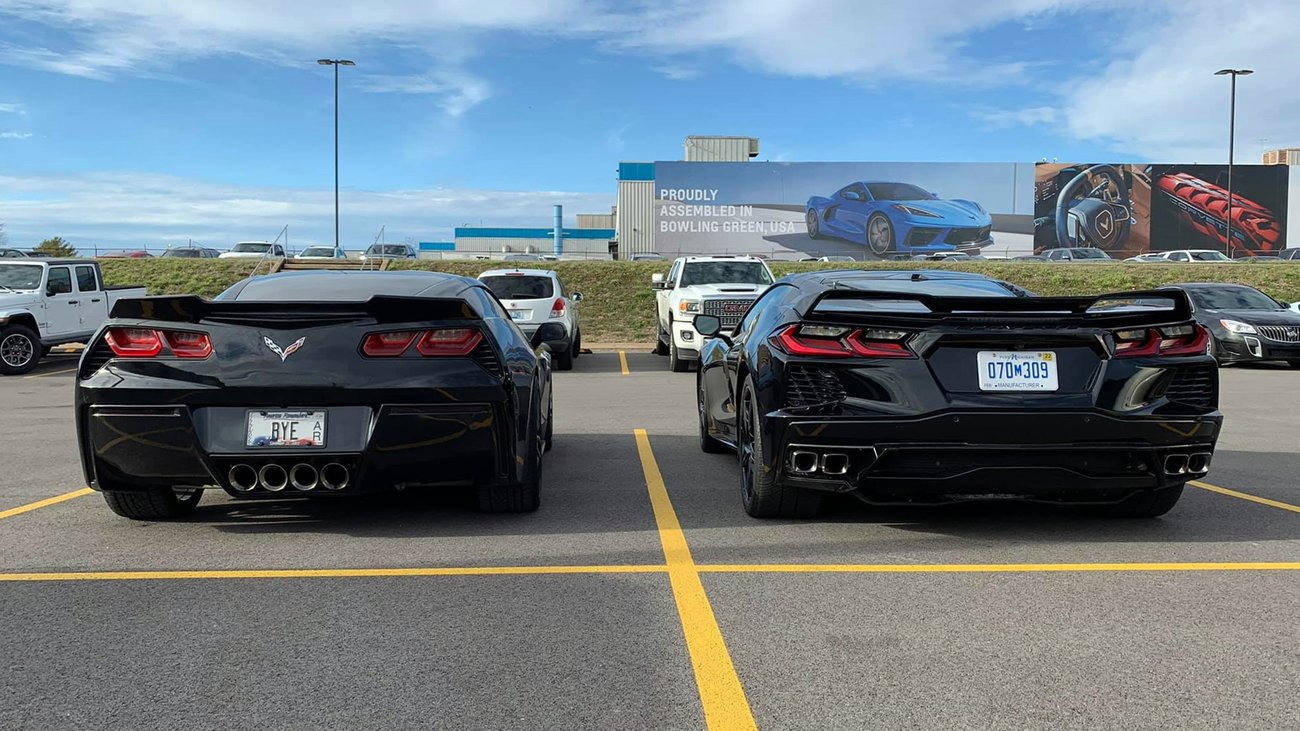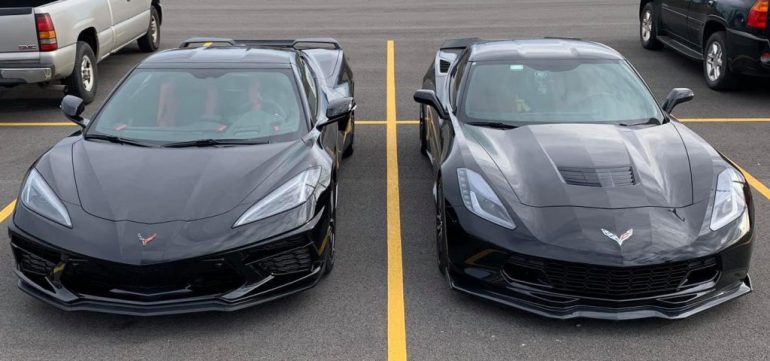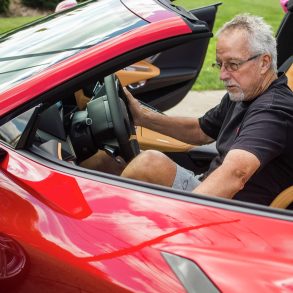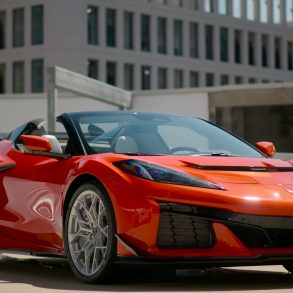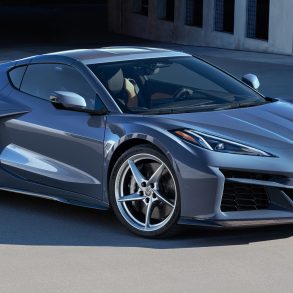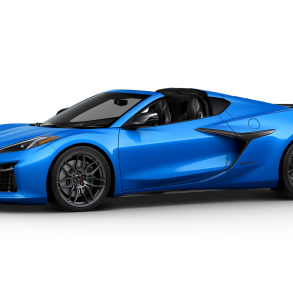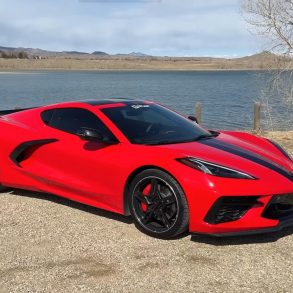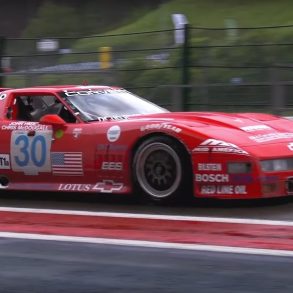When it comes to the Corvette, history has often proved two things: 1.) When a new-generation is announced and later, made available to consumers, an influx of used Corvettes from the earlier generations become available in the used car market. 2.) Those used Corvettes regularly depreciate rapidly in value, affording second-hand consumers the opportunity to purchase an older Corvette well below its former market value. This combination 1-2 punch of market saturation driving rapid depreciation has caused many naysayers to argue that Corvettes simply do not hold their value, and/or, they were never worth the premium, new car prices charged by Chevrolet in the first place.
In recent years however, it appears as though the script has flipped a bit when it comes to the staying power and fair market value of seventh-generation (2014–2019) Corvette Stingrays, along with its Grand Sport, Z06, and ZR1 counterparts. Although market demand for the mid-engine C8 Corvette is undeniable, the staying power, price, and consumer preference of the C7 Corvette is beginning to demonstrate that new isn’t always better. In fact, there is more than a small divide amongst Corvette enthusiasts as to which Corvette – the C7 or the C8 – is the superior sports car. In terms of depreciation, the financial analysis report (below) demonstrates with certainty that the C8’s value is falling far more quickly than the older, seventh-generation model.
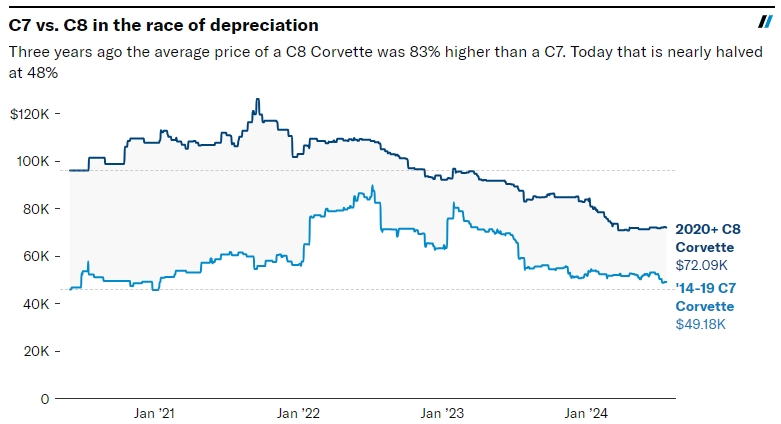
The big question that is worth exploring here, is WHY?
Let’s begin by looking at the turbulent history surrounding the launch/early years of the eighth-generation, mid-engine Corvette, especially during its first two years of production. The Coronavirus slowed production of the car dramatically, and the subsequent lack of available hardware (production of computer chips and transmissions were two of the many components that became virtually impossible to obtain for a period of time) pushed down product availability, and caused would-be owners to pay premium prices for the opportunity to get their hands on a new mid-engine model. Added to the mix was a lengthy manufacturer’s strike in 2020, followed by a tornado that damaged the Bowling Green plant in 2021, both of which further impeded production of the mid-engine model. This left many consumers waiting for years to receive their cars, even though many had ordered (and received their allocation) in good-faith before production of the mid-engine Corvette even began in 2020. With scarcity comes greater demand – and so the mid-engine Corvette’s MSRP spiked, and many Chevrolet/GM dealerships added fees (some ranging in the tens-of-thousands-of-dollars) to the sticker price of their allocated Corvettes.
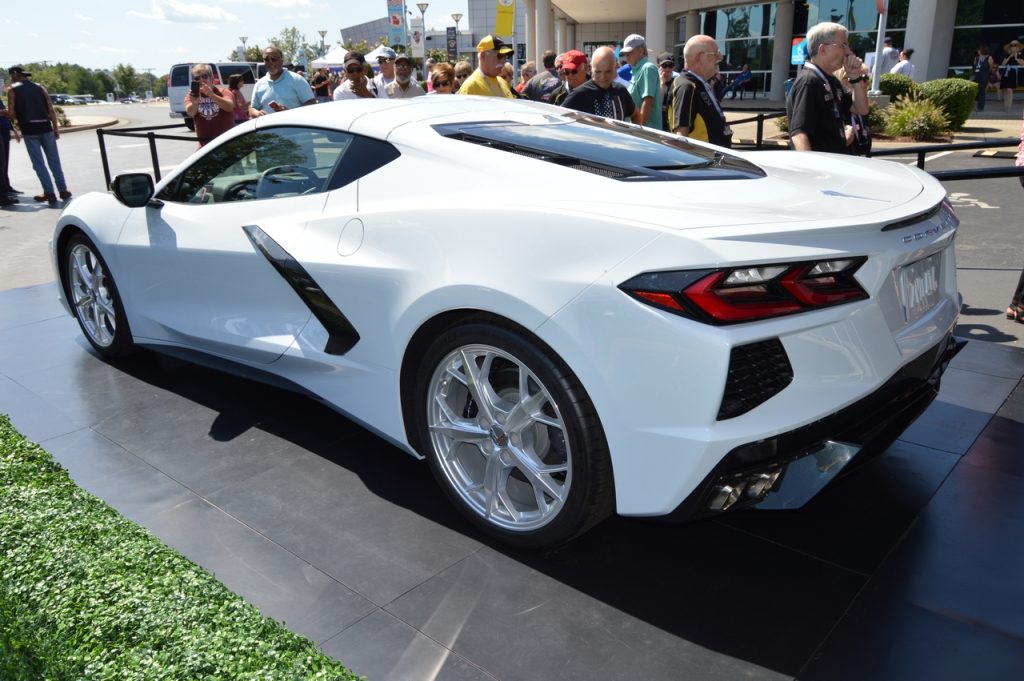
As demand has stabilized and market availability has leveled out, the premium pricing on the mid-engine Corvettes has dropped significantly. Moreover, with the addition of other iterations of the mid-engine model, including the Z06, the ERay and, as of this writing, the soon-to-be-avaiable ZR1 models, the mid-engine Stingray has certainly seen a dramatic decline in price – both at dealerships across the U.S. as well as at auction, where these cars once fetched top dollar in their segment.
There is another component to the equation that is equally important to consider when understanding the C7 Corvette Stingray’s staying power/relative lack of depreciation in this same market space.
For many Corvette owners/enthusiasts, as well as for the broader sports car marketplace in general, the seventh-generation Corvette included several last-of-its-kind features that were (and still are) attractive to serious consumers/drivers. First and foremost, the C7 Corvette was the last-generation to be offered with a manual transmission. While there’s no denying the capabilities of the C8’s impressive DCT automatic transmission, many entusiasts simply prefer to rake through the gears instad of letting a computer do it for them. Second, the proportions of the C8 are often criticized as looking “too European” or “too much like a Ferrari.” This isn’t surprising given that the proportions of the C8 were developed using Europan cars (like the Ferrari) as a template. The C7, meanwhile, is arguably one of the best-looking Corvettes of all time. More than that, the attention to detail – both on its exterior surfaces and its interior finishes – helps the car maintain its widespread appeal more than five years after the last example rolled off the assembly line. Thirdly, the power, performance, and handling of the C7 Corvette Stingray is world class. The base models offer consumers a robust 460hp engine and 465 lb/ft of torque. The Z06 bumps those numbers up to 650/650, respectively. And then, the ZR1, (which again, is outside the scope of this article in terms of depreciation) pushed the numbers up to 755hp and 715lb/ft of torque.
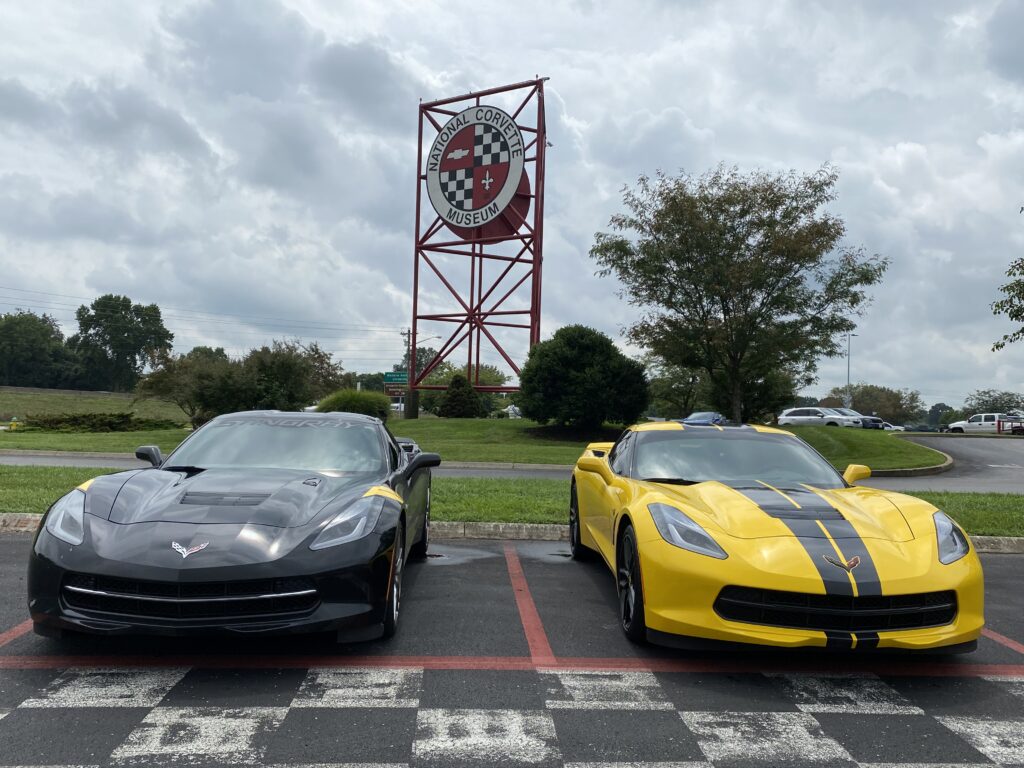
As the C8 enters its sixth-year of production (which, when complete, will match the total production period of the seventh-generation Corvette), it will be interesting to compare the relative values of both the seventh- and eighth-generation models. With the continued manufacturer push towards producing EV models, combined with rumors that Chevrolet is moving the Corvette towards an entire marquee (with the potential for sedans, SUVs, and who knows what else…), it will be interesting to see if the depreciation gap between the two-generations will continue to close, or if the C8, like the C7 before it, will become a scarcer commodity harkening back to a time when sports car enthusiasts only had the two-door coupe/convertible variants of America’s Sports Car. If the latter is the case, we may see a similar reversing trend in market depreciation of America’s mid-engine sports car.
Either way, we can tell you that both the C7 and C8 are incredible machines and each, in their own right, offers consumers a lot of power, a lot of value and, most importantly, a LOT OF FUN when out on the racetrack or the open road.


